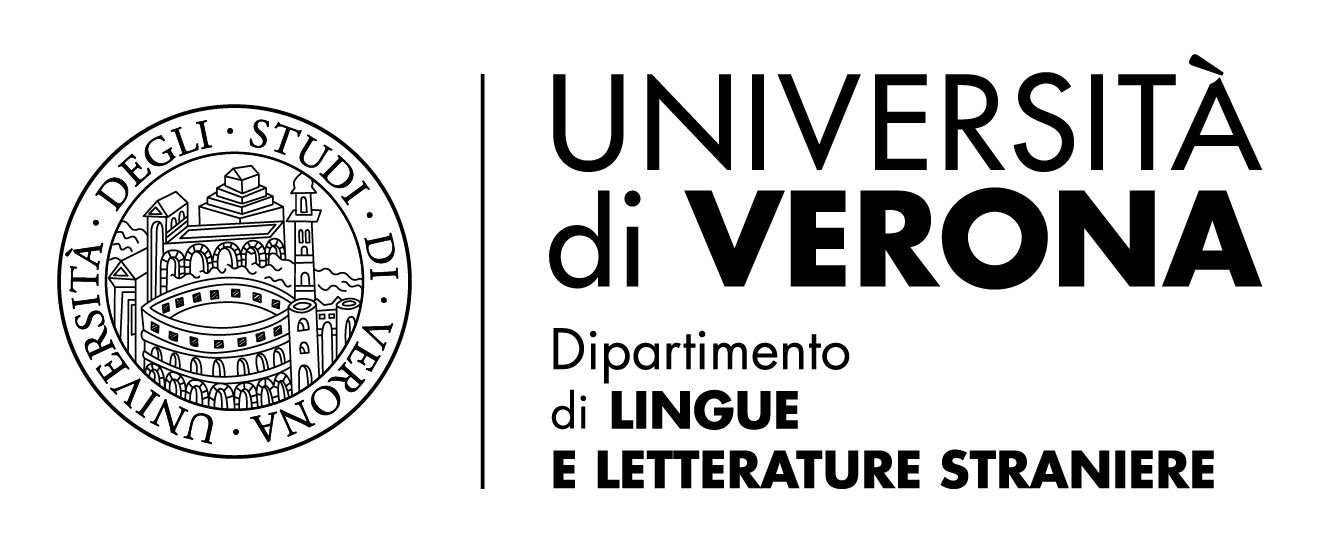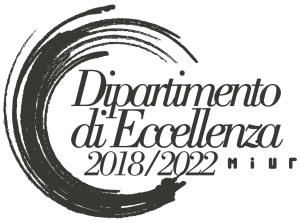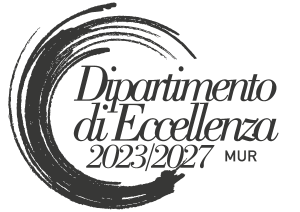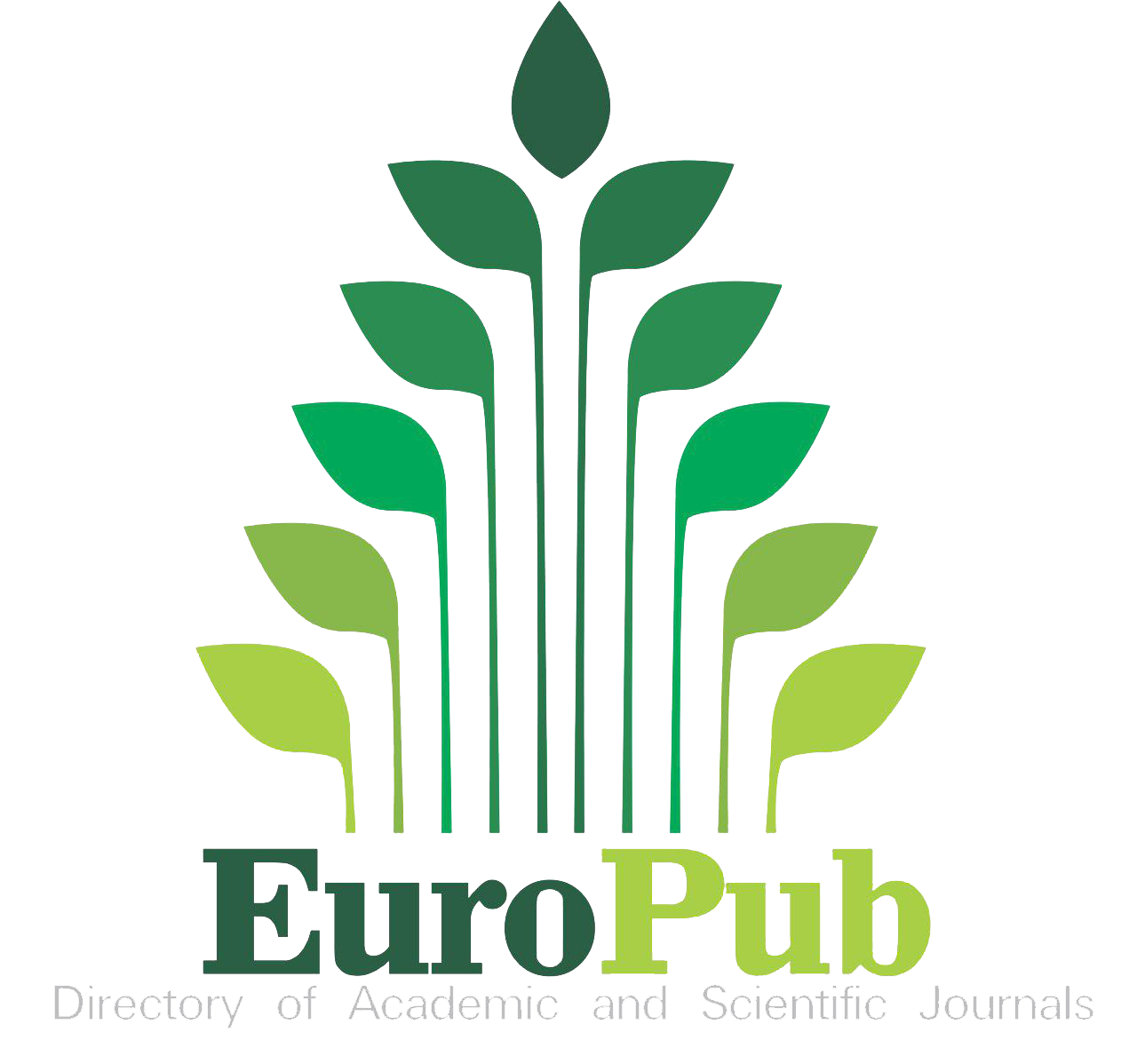China as an International Travel Destination: A Corpus-based Analysis of Online Travel Blogs
DOI:
https://doi.org/10.13136/2281-4582/2021.i18.1038Parole chiave:
tourism discourse, collocation analysis, content analysis, tourist gaze, tourism in ChinaAbstract
User-generated content in tourism has increasingly become an important source of data for multiple aspects of tourism research, including destination image, electronic Word-of-Mouth (eWoM), and destination marketing. Such online material as travel blogs, guides, video blogs and reviews may influence readers and prospective visitors, shaping their gaze on the destination and informing their travel choices. User-generated travel blogs and guides indeed provide a combination of knowledge and information as well as emotions, and are often deemed more reliable than professionally-produced tourist materials. This paper aims at investigating the tourist gaze on China and its population as emerging from travel blogs and travel guides produced by non-professional internet users. Specifically, it wants to determine how popular Chinese destinations and local people are perceived through the eyes of international tourists. To this purpose, a corpus of blogs on travel and life in China was compiled using the text mining software BootCat and then analyzed with the Sketch Engine corpus analysis tool. A quantitative and qualitative mixed method approach was adopted for this study, analyzing keywords and collocational profiles in addition to carrying out content analysis on concordance samples to shed light on how visitors gaze upon major Chinese destinations. Results indicate that visitors have an overall positive perception of China and its people but describe the country in contrasting terms, as seen in previous studies on this destination. Tourists appear to look for elements signifying authenticity, such as historical heritage sites and locals engaging in stereotypical activities.
Riferimenti bibliografici
Akehurst, Gary. “User Generated Content: The Use of Blogs for Tourism Organisations and Tourism Consumers.” Service Business 3 (2009): 51-61.
Alarcón-Urbistondo, Pilar, María-Mercedes Rojas-de-Gracia and Ana Casado-Molina. "Proposal for Employing User-Generated Content as a Data Source for Measuring Tourism Destination Image.” Journal of Hospitality & Tourism Research (2021): 1-22.
Arndt, Johan. Word of Mouth Advertising: A Review of The Literature. New York: Advertising Research Foundation Inc., 1967.
Baroni, Marco and Silvia Bernardini. “BootCaT: Bootstrapping Corpora and Terms from the Web.” Proceedings of the Fourth International Conference on Language Resources and Evaluation (LREC’04). Edited by Maria Teresa Lino et al. Lisbon: European
Language Resources Association (ELRA), 2004. 1313-1316.
Becken, Susanne, et al. “Urban Air Pollution in China: Destination Image and Risk Perceptions.” Journal of Sustainable Tourism 25.1 (2017): 130-147.
Bosangit, Carmela, Juline Dulnuan and Miguela Mena. “Using Travel Blogs to Examine the Postconsumption Behavior of Tourists.” Journal of Vacation Marketing 18.3 (2012): 207-219.
Carson, Dean and Doris Schmallegger. “Blogs in Tourism: Changing Approaches to Information Exchange.” Journal of Vacation Marketing 14.2 (2007): 99-110.
Chang, Jung-Hua and Shuan-Huei Wang. “Different Levels of Destination Expectation: The Effects of Online Advertising and Electronic Word-of-Mouth.” Telematics and Informatics 36 (2019): 27-38.
Chen Po-Ju, Nan Hua and Youcheng Wang. “Mediating Perceived Travel Constraints: The Role of Destination Image.” Journal of Travel & Tourism Marketing 30.3 (2013): 201-221.
Culler, Jonathan. “Semiotics of Tourism.” American Journal of Semiotics 1 (1981): 127-40.
D’Egidio, Angela. “The Language of Tourists in English and Italian Travel Blogs and Trip Reports: A Corpus-Based Analysis.” Lingue Culture Mediazioni/Languages Cultures Mediation 1.1-2 (2014a): 145-161.
---. “The Tourist Gaze in English, Italian and German Travel Articles about Puglia: A Corpus-based Study.” ICAME Journal 38 (2014b): 57-72.
Kilgarriff, Adam. “Getting to Know your Corpus.” Text, Speech and Dialogue. TSD 2012. Lecture Notes in Computer Science. Edited by Petr Sojka et al. Berlin: Springer, 2012. 3-15.
Jalilvand, Mohamed Reza and Ali Heidari. “Comparing Face-to-Face and Electronic Word-of-Mouth in Destination Image Formation: The Case of Iran.” Information Technology & People 30.4 (2017): 710-735.
Lam, Jason M. S., Hishamuddin Ismail and Sean Lee. “From Desktop to Destination: User-Generated Content Platforms, Co-Created Online Experiences, Destination Image and Satisfaction.” Journal of Destination Marketing & Management 18 (2020): 100490.
Li, Xiang R., et al. “The Effect of Online Information Search on Image Development: Insights from a Mixed-Methods Study.” Journal of Travel Research 48.1 (2009): 45-57.
Li, Xu and Youcheng Wang. “China in the Eyes of Western Travelers as Represented in Travel Blogs.” Journal of Travel & Tourism Marketing 28.7 (2011): 689-719.
MacCannell, Dean. The Tourist. New York: Schocken, 1999.
Mack, Rhonda W., Julia E. Blose and Bing Pan. “Believe it or Not: Credibility of Blogs in Tourism.” Journal of Vacation Marketing 14.2 (2008): 133-144.
Maoz, Darya. ‘The Mutual Gaze.” Annals of Tourism Research 33 (2006): 221-239.
Morris, Hugh. “Europe's Worst Countries for Tourist Scams.” The Telegraph 21 July 2015. https://www.telegraph.co.uk/travel/news/Europes-worst-countries-for-tourist-scams/. Last visited 17/08/2021.
Pan, Bing and Xiang R. Li. “The Long Tail of Destination Image and Online Marketing.” Annals of Tourism Research 38.1 (2011): 132-152.
Pearce, Philip. “Tourist Scams: Exploring the Dimensions of an International Tourism Phenomenon.” European Journal of Tourism Research 4.2 (2011): 147-156.
Ran, Li, et al. “Marketing China to U.S. Travelers through Electronic Word-of-Mouth and Destination Image: Taking Beijing as an example.” Journal of Vacation Marketing (2021): 1-20.
Scheidt Lois A. “Adolescent Diary Weblogs and the Unseen Audience.” Digital Generations: Children, Young People and New Media. Edited by David Buckingham and Rebekah Willett. London: Lawrence Erlbaum Associates, 2006. 193-210.
Sketch Engine. https://www.sketchengine.eu/.
Song, Seob-Gyu and Dae-Young Kim. “A Pictorial Analysis of Destination Images on Pinterest: The Case of Tokyo, Kyoto, and Osaka, Japan.” Journal of Travel and Tourism Marketing 33.5 (2016): 687-701.
Tomaž, Kolar and Walanchalee Wattanacharoensil. “One Does not Simply… Project a Destination Image Within a Participatory Culture.” Journal of Destination Marketing & Management 18 (2020): 100494.
Tseng, Chi, et al. “Travel Blogs on China as a Destination Image Formation Agent: A Qualitative Analysis Using Leximancer.” Tourism Management 46 (2015): 347-358.
Urry John. The Tourist Gaze: Leisure and Travel in Contemporary Societies. London: Sage, 1990.
Urry, John and Jonas Larsen. The Tourist Gaze 3.0. London: Sage, 2011.
Wenger, Anita. “Analysis of Travel Bloggers’ Characteristics and their Communication about Austria as a Tourism Destination.” Journal of Vacation Marketing 14.2 (2008):169-176.
Wu, Mao-Ying, Geoffrey Wall and Philip L. Pearce. “Shopping Experiences: International Tourists in Beijing's Silk Market.” Tourism Management 41 (2014): 96-106.
Xiao, Honggen and Heather L. Mair. “’A Paradox of Images’ Representation of China as a Tourist Destination.” Journal of Travel & Tourism Marketing 20.2 (2006): 1-14.
Xiang Zheng, et al. “What Can Big Data and Text Analytics Tell us about Hotel Guests Experience and Satisfaction?” International Journal of Hospitality Management 44 (2015): 120-130.
Zhao, Yanyun and Binjie Liu. “The Evolution and New Trends of China’s Tourism Industry.” National Accounting Review 2.4 (2020): 337-353.
Dowloads
Pubblicato
Fascicolo
Sezione
Licenza
Copyright (c) 2021 Valeria Franceschi

Questo volume è pubblicato con la licenza Creative Commons Attribuzione - Non commerciale 4.0 Internazionale.
Iperstoria è una rivista accademica ad accesso libero.
a. Gli autori e le autrici detengono il copyright e danno alla rivista il diritto per la prima pubblicazione con il contributo sotto licenza Creative Commons BY (4.0) che permette di condividere l’articolo con il riconoscimento della prima pubblicazione su questa rivista.
b. Gli autori e le autrici possono inoltre stabilire ulteriori direttive contrattuali per la distribuzione non esclusiva della versione del contributo pubblicata sulla rivista (es. ripubblicarlo in archivi istituzionali o in un volume), con uno specifico riconoscimento della prima pubblicazione su questa rivista. Chiediamo pertanto agli autori e autrici di contattarci nel caso di eventuali ripubblicazioni.






